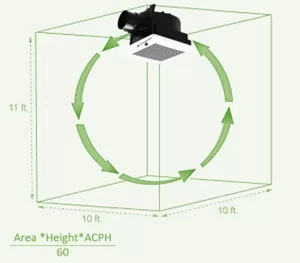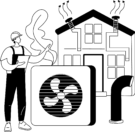What is ventilation?
We spend a significant amount of our time inside buildings. As a result, it is critical that the air we breathe and interact with is of high quality. Indoor pollutants are effectively reduced when an indoor space is properly ventilated. Whether in an office, a classroom, or a room in the home, adequate
ventilation and good air quality are goals to strive for.
The process of maintaining an intentional inflow of clean outdoor air into a space while simultaneously removing stale air is known as ventilation. Everyone requires access to clean air. Indoors, commercial, residential, and industrial spaces require proper ventilation, as well as smart temperature and humiditycontrol. Poorly ventilated environments can be hazardous to our health.
Function
The primary function is to keep the air in an enclosure at appropriate temperatures, humidity, pressure, speed, and pollution level to ensure the health and well-being of people or living beings.
Flow rate
This is the amount of air that is displaced per unit of time. (The flow given in the technical specifications is at free discharge, in other words, with no pressure loss). Flow is represented by the letter Q and is usually expressed in m3/h, although it is also commonly expressed in m3/min, m3/sec, l/s, C.F.M
1m3/h = 3,6 l/s 1,7 m3/h = 1 C.
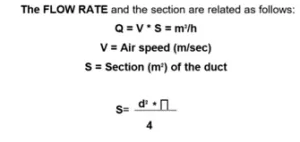
What is pressure?
It is the pushing force per surface unit required for air to circulate and overcome system resistance (pressure losses). Pressure is given in: mmH2O and Pa.
9,8 Pa = 1 mmH2O
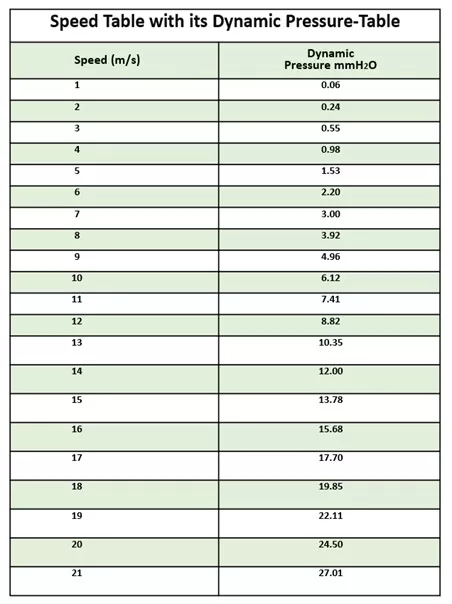
There are three types of pressure:
Static Pressure (Pe): This is the force of the air on the tube’s walls in all directions, perpendicular to them.
Dynamic Pressure (Pd): Is the force that accelerates the air from zero to the system’s velocity. It only manifests itself in the direction of the air.
Total Pressure: This is the sum between the static pressure and the dynamic pressure Pt = Pe + Pd
What is noise?
It is the audible sound that is transmitted through the air and is irksome to the receiver.
The Sound Pressure (Lp) level is what we actually hear, and it varies depending on the environment and the distance between the noise source (extractor or fan) and the receiver. The Sound Power (Lw) level is the amount of sound energy produced by a sound source (extractor or fan) every second and is constant, that is, it does not vary depending on the premises or distance from the sound source.
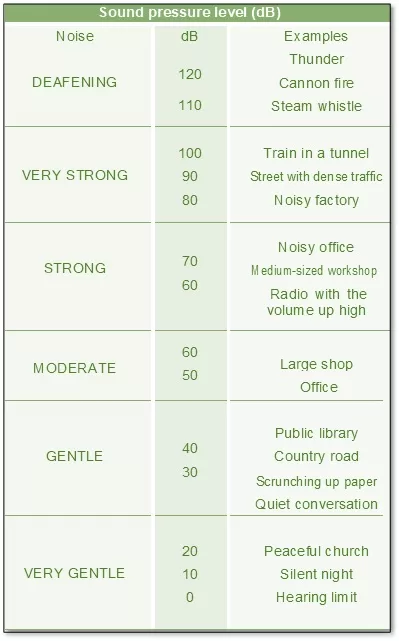
How to choose a fan?
You need to know the following parameters:
- Output
- Pressure
- Sound level
- Type of Electricity Supply
Output (Q m3/h): You must determine the necessary flow according to:
- The recommended renewals regarding the volume of the premises in m3 and the activity
Q = m3 * Renew/h
Renew/hour table (air changes table)
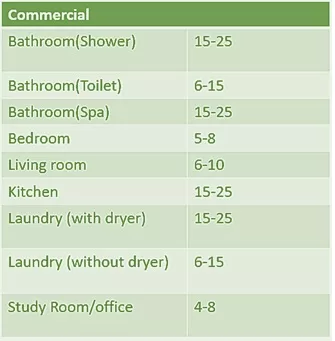
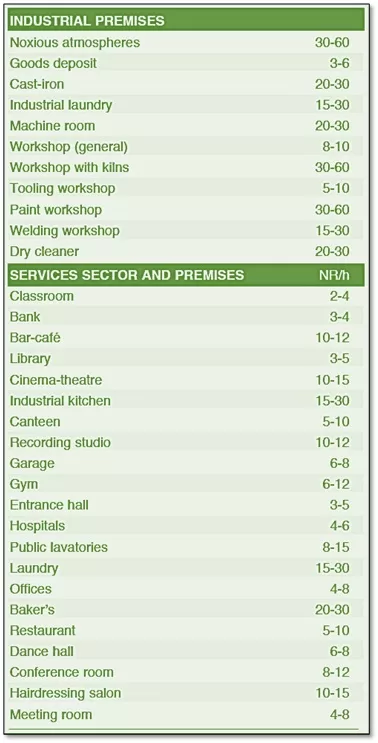
- The recommended renewals regarding the number of people there are in the
Q = nº person * m3/h
| Normal activity with no smoking |
29 m3/h per person |
| Normal activity with smoking |
58 m3/h per person |
| Light physical activity |
45 m3/h per person |
| Industrial warehouses and premises |
60 m3/h per person |
- When localised extraction is required near the contaminating source, the flow (Q) will be calculated using the following factors:
- Surface area of the hood
- Speed of catchment
- Transport speed by the recommended renewals system in relation to the number of people in the premises.
Q = 3.600*V*S = m3/h Q = Necessary air flow (m3/h)
V = Speed of catchment (m/h)
S = Hood or ducting section (m2)









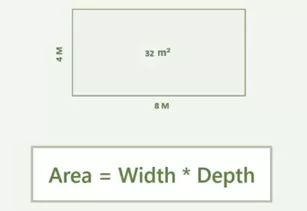
 (ACPH- Air change per hour)
(ACPH- Air change per hour)